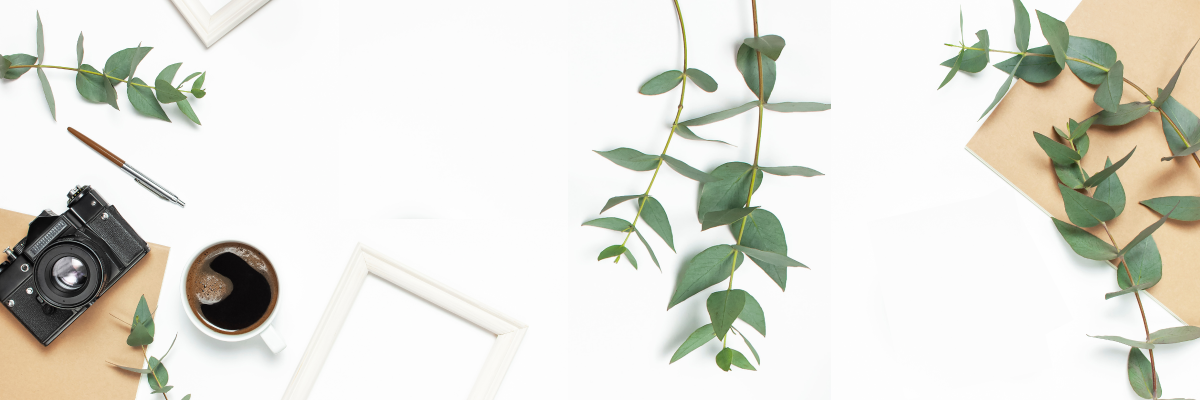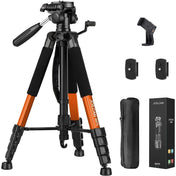Photography is an evolving art form, where capturing the perfect moment often relies on multiple factors, including lighting, composition, and, crucially, stability. Whether you’re a seasoned professional or just starting your photography journey, mastering camera stabilization techniques can significantly enhance your photos. In this guide, we’ll delve into the methods of stabilizing your camera and how they can elevate your photography to professional levels, especially when using film stocks like the KODAK EKTAR H35.
Understanding Camera Shake
Before we explore stabilization techniques, it’s essential to understand what camera shake is and how it affects your shots. Camera shake occurs when the camera moves during exposure, resulting in blurriness and lack of detail. This is particularly problematic in low light situations or when using slow shutter speeds.
There are two main types of camera shake: vertical shake and horizontal shake. Both can hinder the ability to get sharp images, especially when shooting handheld. But fear not! Camera stabilization techniques can help combat these issues effectively.
Types of Camera Stabilization Techniques
1. Image Stabilization (IS) Systems
Modern cameras often come equipped with built-in image stabilization (IS) systems, which work by compensating for minor movements while shooting. There are two main types of IS systems: lens-based and in-camera.
Lens-based IS uses special elements within the lens to counteract shake, while in-camera IS uses sensors to detect and correct motion within the camera body itself. Both systems can be particularly beneficial when using films like the KODAK EKTAR H35, allowing you to achieve sharp images even in challenging conditions.
2. Tripods and Monopods
One of the most traditional methods of camera stabilization is the use of tripods and monopods. Tripods provide a stable platform for your camera, enabling long exposures that capture stunning details and light trails.
On the other hand, monopods offer a lightweight alternative for mobility while still providing stability for a steady shot. Both are invaluable tools when you're out in the field, capturing moments with film or digital cameras.
3. Gimbals and Stabilizers
If you’re into video or shooting with a lot of movement, gimbals and stabilizers are your best friends. These devices use motors to balance your camera, ensuring smooth movement even while you walk or run. This can create mesmerizing footage and showcase your photography skills beautifully.
Technique in Action: Tips for Effective Stabilization
1. Use Proper Grip
The way you hold your camera can significantly affect stability. Always hold your camera with both hands—one on the grip and the other supporting the lens. Keep your elbows close to your body to reduce the chances of shake.
2. Utilize a Fast Shutter Speed
When you know you’ll be working in less-than-ideal conditions, using a faster shutter speed can help eliminate motion blur. This is especially crucial when shooting with film like the KODAK EKTAR H35, where every frame counts.
3. Engage Your Core
Your body’s stability directly affects the camera’s stability. To minimize shake, engage your core muscles and position your feet shoulder-width apart for a sturdy stance. This will provide you with a solid base from which to shoot.
4. Breathe Steadily
Take a moment to control your breathing before pressing the shutter. Taking a deep breath and releasing it slowly can help create a stable shot, particularly in high-tension situations where excitement may lead to shaking hands.
Lighting and Composition: Pairing with Stabilization Techniques
While stabilization techniques are essential, they can be complemented by good lighting and composition strategies. Proper lighting can reduce the need for slower shutter speeds, while thoughtful composition helps guide the viewer's eye without causing distraction.
1. Shooting During Golden Hour
Golden hour—the period shortly after sunrise or before sunset—provides the soft and warm light that enhances your photos mystically. The natural light reduces the need for higher ISO settings, allowing for faster shutter speeds and sharper images.
2. Understanding Composition Basics
Balanced composition keeps viewers engaged and eliminates distracting elements. Use the rule of thirds to place focal points on intersecting lines. A well-composed photo can stand out even when taken with basic stabilization techniques.
Maximizing Your Photography with KODAK EKTAR H35
The KODAK EKTAR H35 is known for its vibrant colors and fine grain, capturing details that can elevate your photography. When shooting with this type of film, stabilization techniques can make a remarkable difference.
Use a tripod during landscape shooting to gain the benefit of long exposures without blurriness. For street photography, quick movements need stabilization methods like a gimbal for capturing engaging, dynamic scenes. Use the film’s characteristics to your advantage; the less camera shake you produce, the more beautiful your images will turn out.
Exploring Post-Processing for Stabilization
Stabilization doesn’t end with capturing images. Post-processing software can also enhance the stability of the photos you take. Programs like Adobe Lightroom and Photoshop provide tools for correcting minor shakes post-shoot. Utilizing these tools can further refine your images, making them appear crisp and professional.
1. Image Sharpening
In software like Photoshop, you can enhance image sharpness, counteracting the minor blurriness caused by camera shake. However, when sharpening, proceed with caution to avoid over-processing and introducing noise, especially in film photographs.
2. Noise Reduction Techniques
Shooting in low light conditions can lead to noise in your photos. Some editing programs offer noise reduction capabilities that can smooth out grain while still preserving essential details, maintaining the quality of your KODAK EKTAR H35 photographs.
Finding Your Photography Style
Every photographer has a unique style, and the way you approach stabilization techniques can influence your artistic voice. Experimenting with various methods can help you discover what works best for you. Whether you prefer shooting handheld with quick bursts or utilizing tripods for incredible landscapes, find your rhythm and make stabilization a part of your process.
Embrace the Art of Photography
Camera stabilization techniques are not just about eliminating blurriness; they’re about creating stunning visuals that capture the essence of each moment. By understanding these techniques and using a film stock like the KODAK EKTAR H35, you can elevate your photography to new heights. With each click, let your creativity shine through, and remember that stabilization is a fundamental aspect of capturing those sharp, memorable moments you can cherish for a lifetime.
Explore another user's Shopify store by clicking here. Please note that this is a promotional link, and we assume no responsibility for the content on the linked store.











